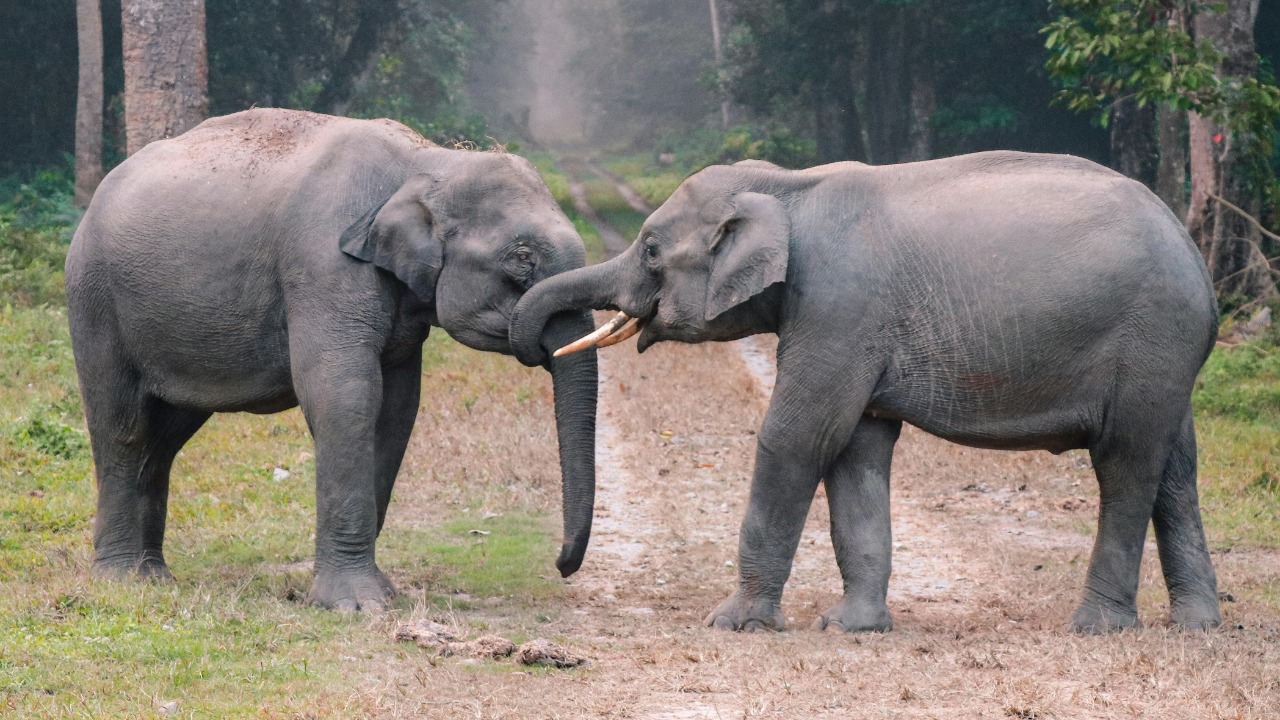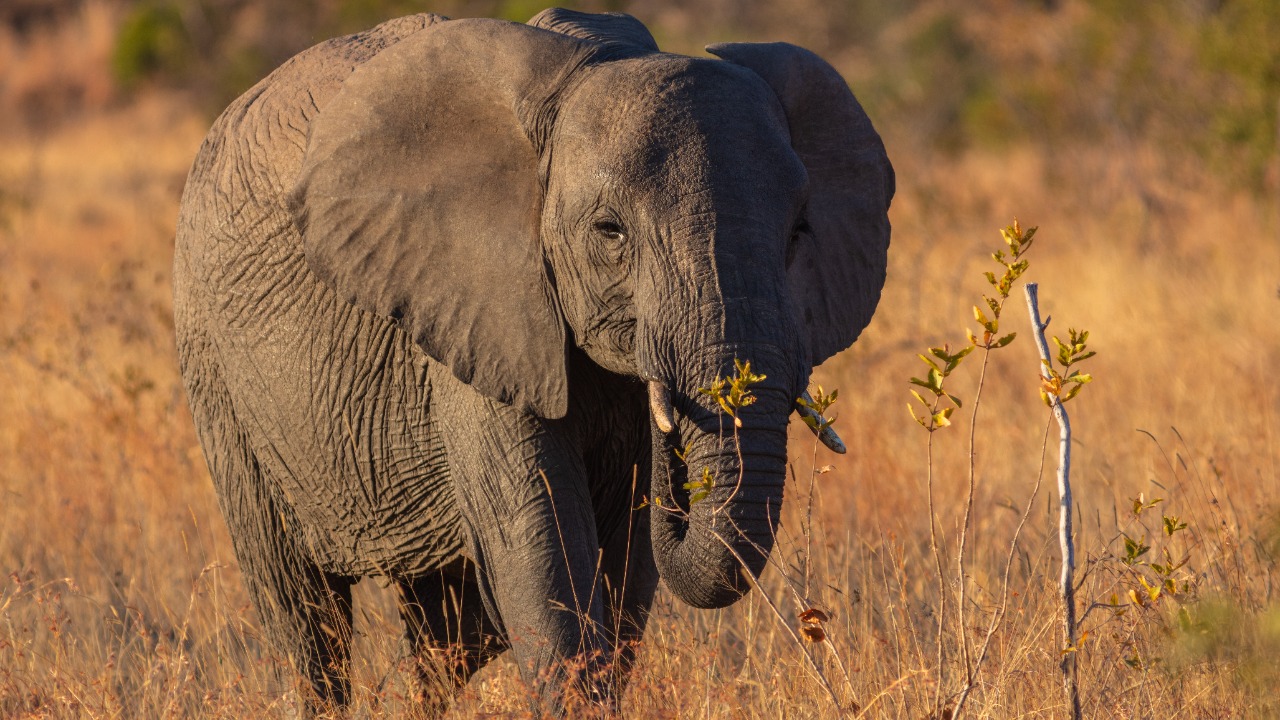
Throughout history, animals have been observed exhibiting unusual behaviors before natural disasters. While these behaviors are not foolproof indicators, they can offer valuable insights. Understanding these signals might help us better prepare for unforeseen events.
Behavioral Changes

Many animals show significant behavioral changes before a disaster occurs. For instance, dogs may become unusually restless or anxious, while cats might hide for extended periods. These changes could be due to their ability to detect subtle environmental cues that humans cannot perceive.
In the face of impending disasters, farm animals like cows and horses often display signs of distress. Such reactions are thought to be linked to their sensitivity to shifts in atmospheric pressure or ground vibrations, prompting them to seek safety.
Unusual Vocalizations

Animals may also begin to make unusual vocalizations before a disaster strikes. Birds, for instance, might start calling excessively or at odd times, while dogs may bark more than usual. These vocalizations could be a response to stress or an attempt to alert others to impending danger.
Such changes in vocalization patterns are not limited to domesticated animals. In the wild, animals like elephants have been observed making low-frequency sounds, possibly communicating danger to their herd over long distances.
Migration Patterns

Alterations in migration patterns can also signal impending disasters. Birds, for example, may change their typical routes or schedules in response to changes in the environment. This behavior could be linked to their ability to sense changes in the Earth’s magnetic field.
Similarly, marine animals such as whales and dolphins have been known to alter their migration routes in response to seismic activity or changes in water temperature, providing clues to potential underwater disturbances.
Sensitivity to Vibrations

Many animals possess a heightened sensitivity to vibrations, allowing them to detect earthquakes or volcanic eruptions before they occur. Animals such as snakes or rodents may emerge from their burrows or nests days before an event, likely due to their acute sense of vibrations in the ground.
Researchers continue to study this phenomenon, hoping to understand the exact mechanisms behind animals’ ability to sense seismic activities, which could eventually lead to improved early warning systems for humans.
Atmospheric Sensitivity

Animals are thought to be highly sensitive to changes in atmospheric conditions. As barometric pressure drops before a storm, animals like bees and butterflies may retreat to their hives or hang back from their usual activities, indicating an awareness of the approaching weather change.
According to a study, these behavioral shifts are crucial for survival, as they enable animals to take shelter and avoid adverse weather conditions.
Water Body Avoidance

Before earthquakes or tsunamis, animals may avoid water bodies entirely. This behavior has been observed in various species, including elephants and birds, which have been seen moving to higher ground before such events.
Their avoidance of water could be linked to their ability to detect low-frequency sounds or vibrations that precede these natural disasters. This instinctual behavior serves as a natural survival mechanism, allowing them to escape potential danger.
Nesting and Breeding Alterations

Changes in nesting and breeding behaviors can also provide clues to impending natural disasters. Some animals may delay or accelerate their breeding cycles in response to environmental changes, ensuring the safety of their offspring.
For example, certain bird species might change their nesting sites or refrain from breeding altogether if they sense an approaching storm or other natural events. This adaptability highlights the intricate ways animals interact with their environment to optimize their survival chances.